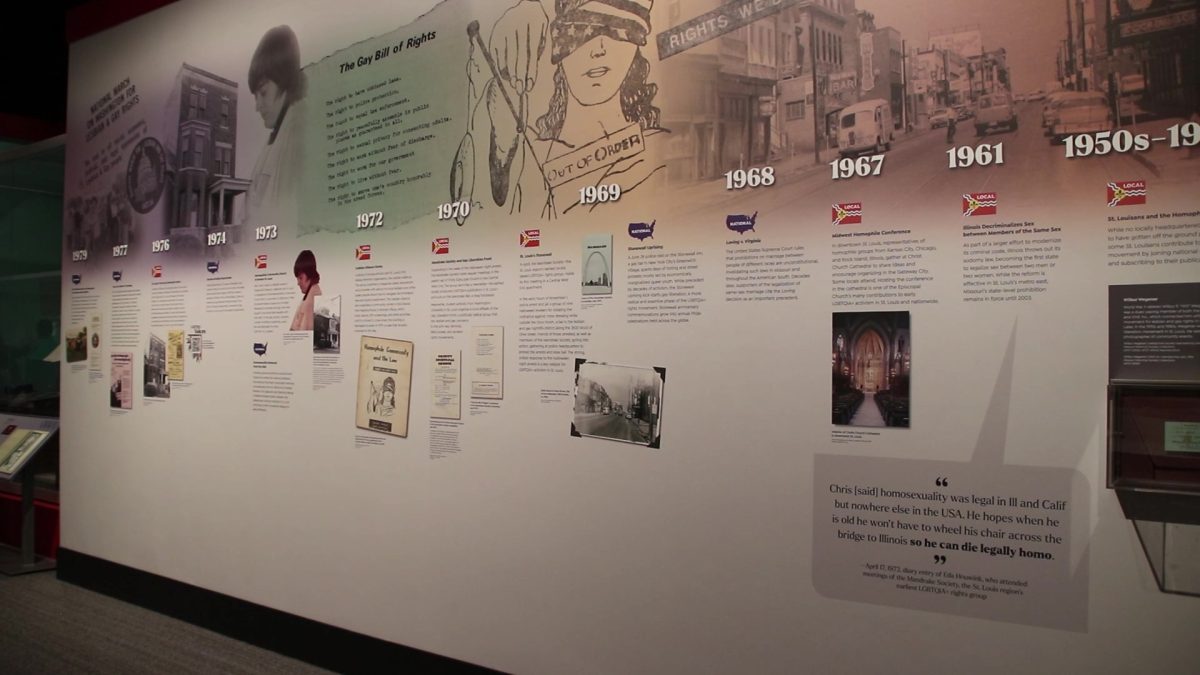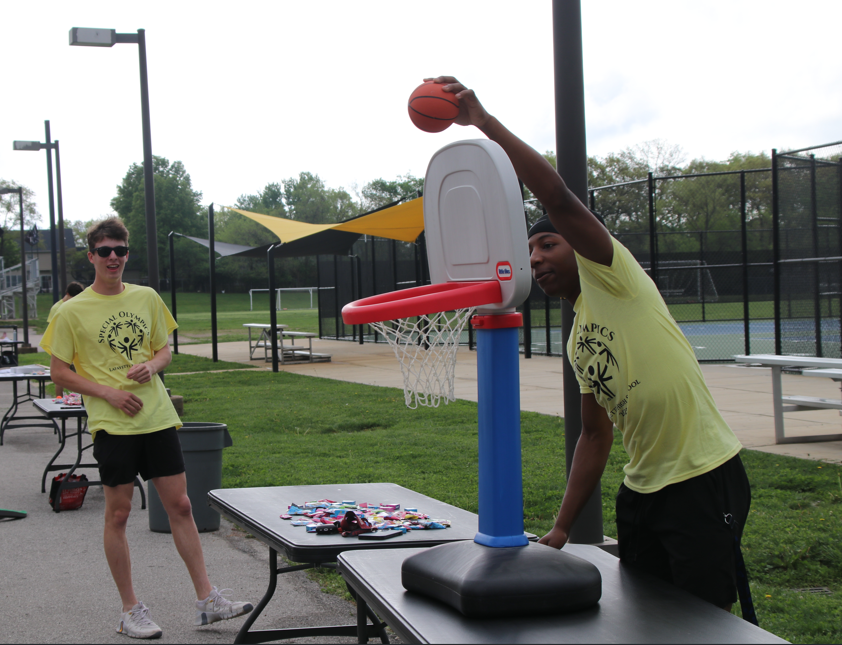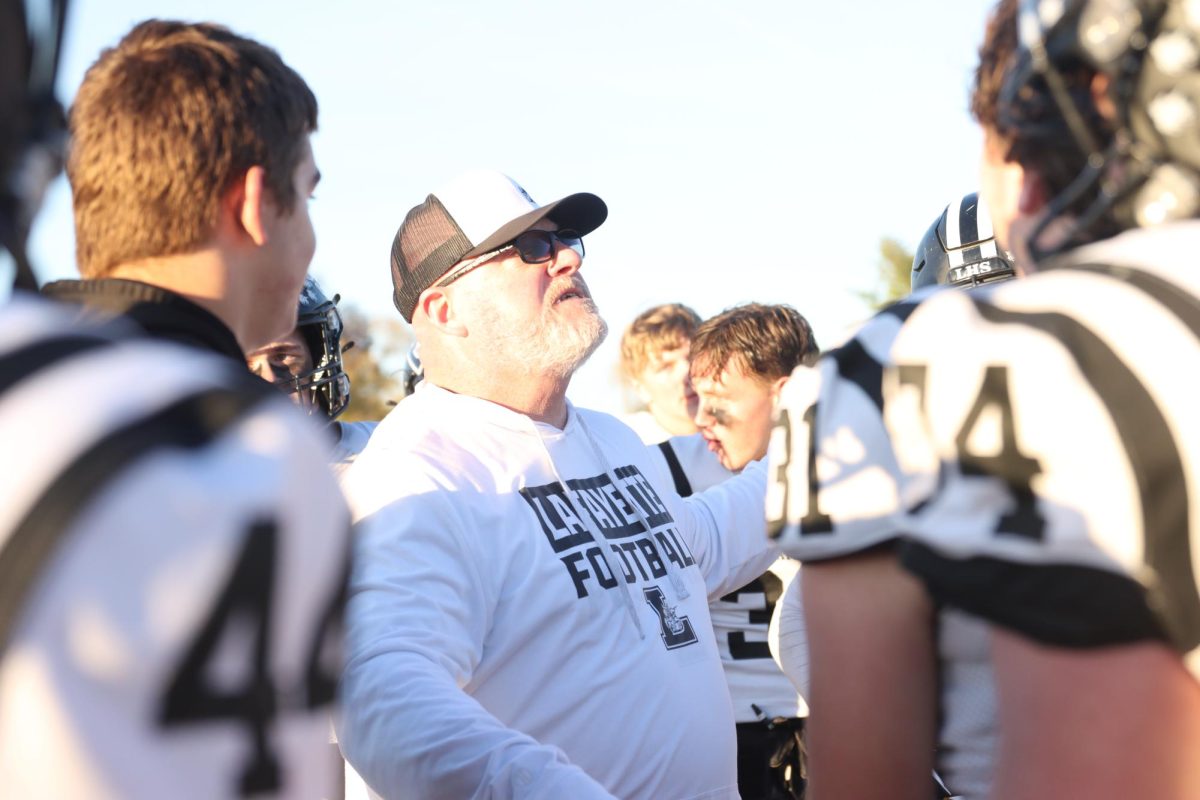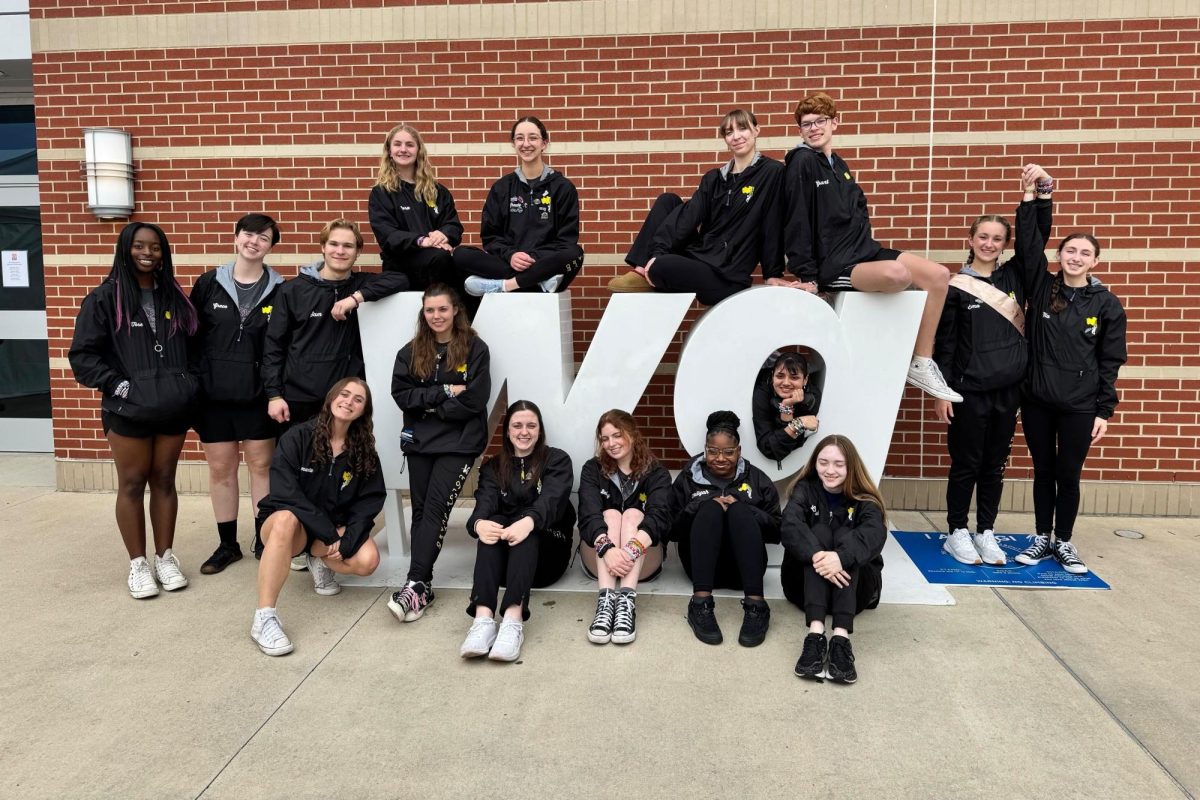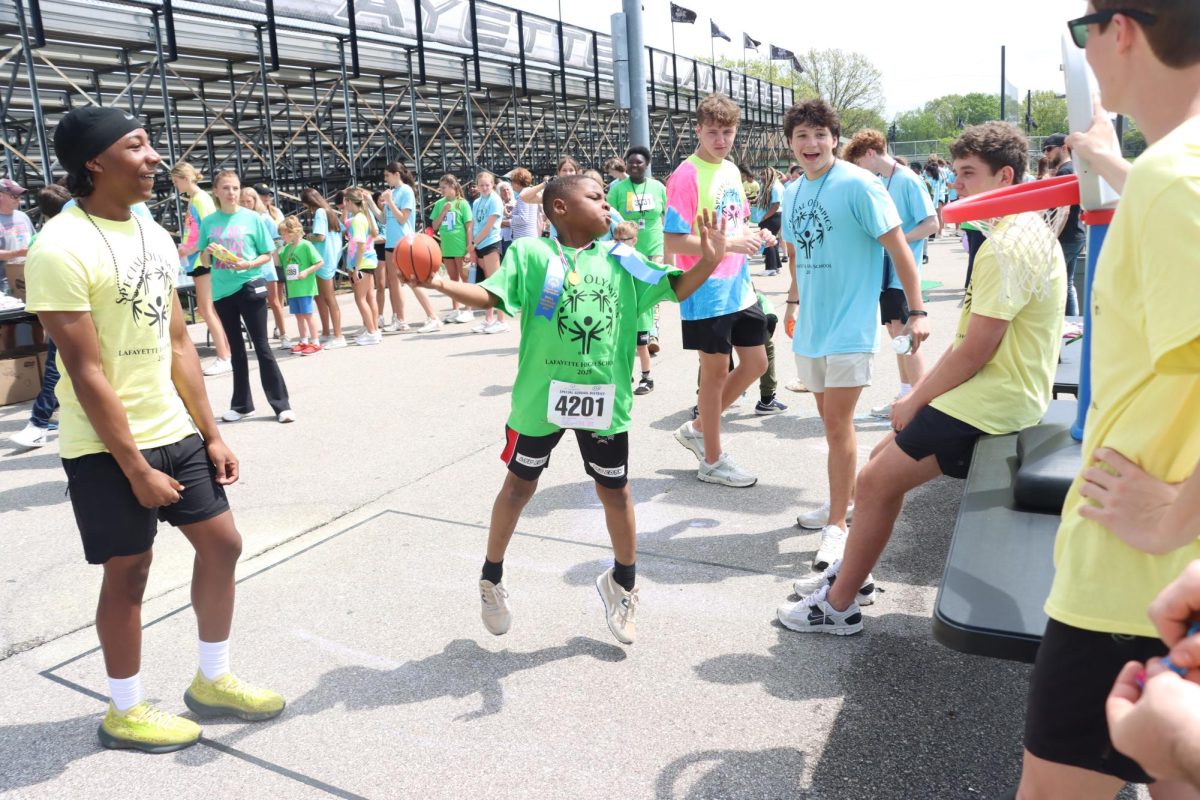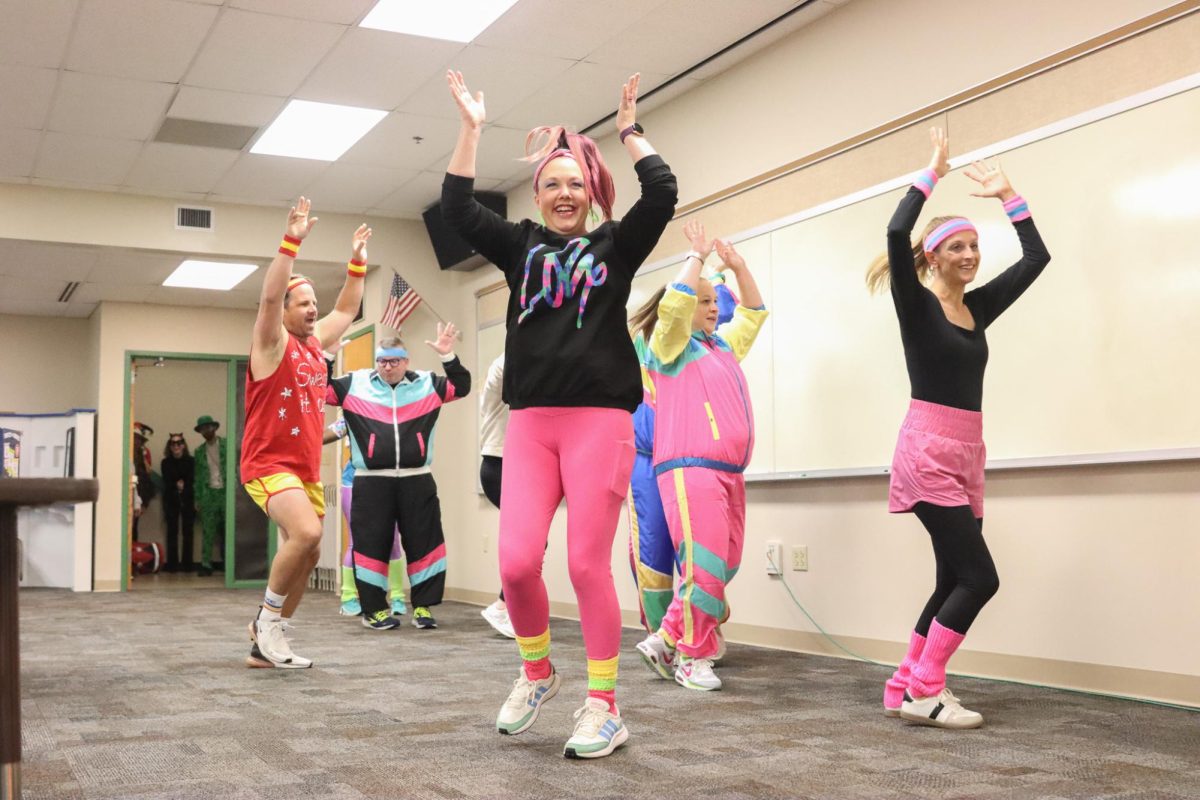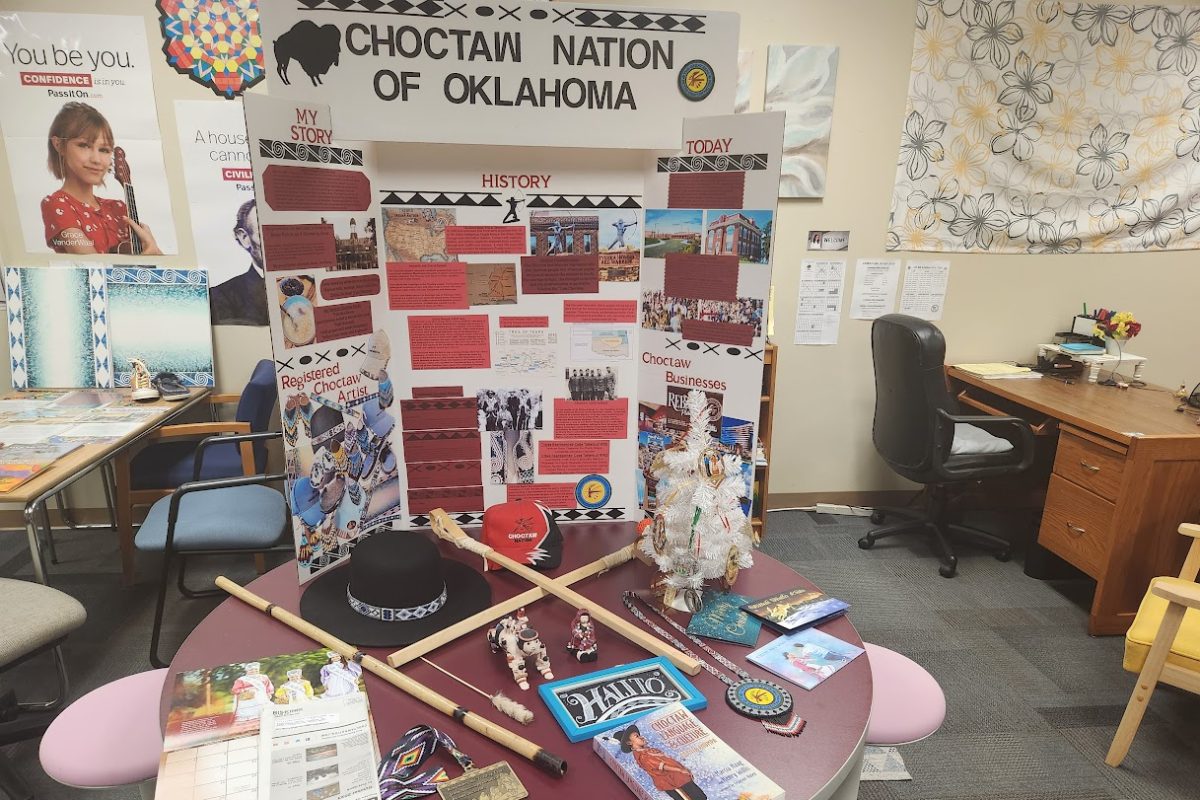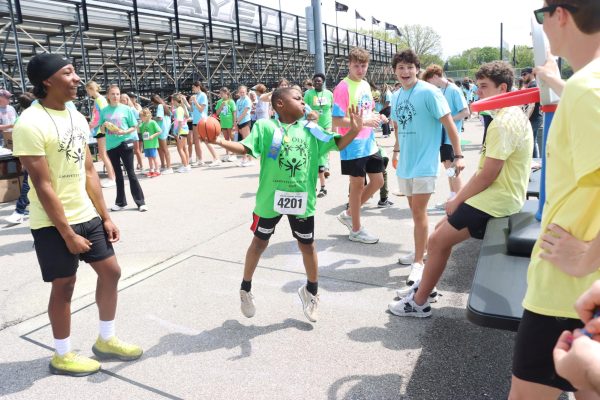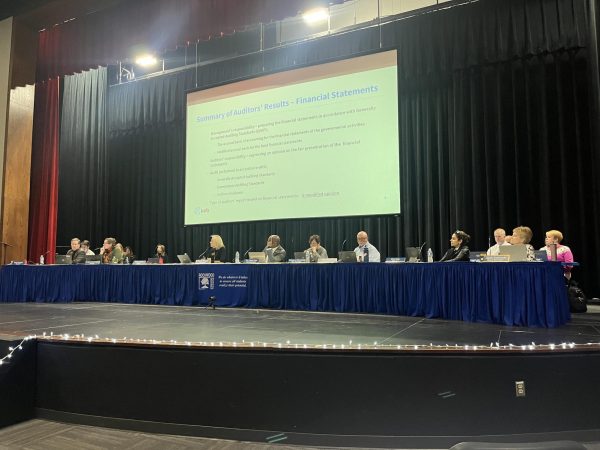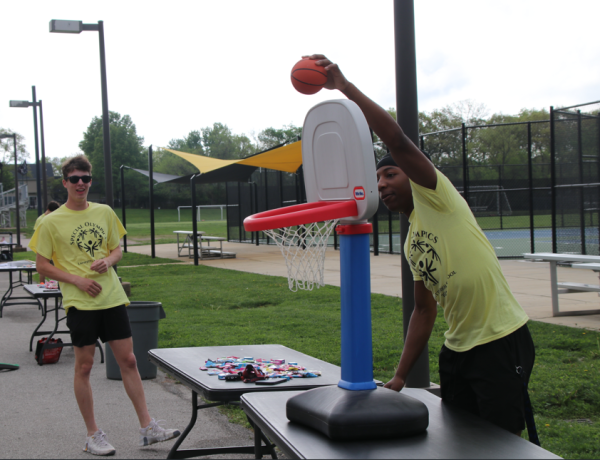Local community fights Opioid Epidemic
According to the CDC, Around 68 percent of the more than 70,200 drug overdose deaths in 2017 involved an opioid. That’s around 47,736 deaths to opioids in just one year. These deaths can impact anyone, including people in our community.
Patti Fitzwalter came home from work and found her son, Michael Fitzwalter, dead from an opioid overdose. Patti and her husband, Ellis Fitzwalter, then founded the Heroin Education and Awareness League (HEAL), a North St. Louis county organization, at the beginning of 2018.
Michael Fitzwalter’s addiction started in high school when he began abusing Xanax in an attempt to self-medicate his anxiety.
“Heroin addicts tend to begin their addiction with prescription medications. A lot of kids have mental illnesses and try to self medicate. When I found out Michael was doing this, I said to him ‘I don’t understand, you gotta help me understand,’” Patti said.
Eventually, Patti Fitzwalter took her son Michael to a doctor in hopes to find other ways to ease his anxiety. Unfortunately, instead of coping skills, Michael came home with a perfectly legal prescription for Xanax.
Eventually, Xanax wasn’t enough to appease Michael’s growing addiction. He began stealing money and jewelry from his parent’s house in order to afford stronger drugs like heroin. He also stole pills that he was able to find around the house.
“I was diagnosed with breast cancer around the same time, and they gave me a prescription for an anti-nausea drug. I didn’t know to ask, ‘Is this dangerous? Addictive?’ I only took a few pills, before I put the bottle in my medicine cabinet and forgot about it,” Patti said.
Later, the Fitzwalters would discover Michael had also been stealing pills from their home.
“He stole painkillers from his grandmother and the nausea drugs I had forgotten about. Later I found out that they were a very powerful anti-anxiety drug, more powerful than Xanax, and I couldn’t believe I had just left them lying around,” Patti said.
After this point in time, Michael’s mother says he became a full-blown addict. The Fitzwalters had to watch as their son transitioned into a completely different person right in front of them.
“Drugs just strip away your humanity, they strip away that sweet personality you once had and replaces it with a selfish hateful beast. Drugs don’t allow people to love the way they should or reason the way they should. I try to paint that picture and get them to understand that,” Patti said.
Unfortunately, Michael is far from the only person to succumb to opioid addiction. According to the Centers for Disease Control and Prevention (CDC), over 130 people within the United States die each day due to an opioid overdose.
Missouri, specifically, has a rate higher than most, with 15.9 deaths per 100,000 people in Missouri dying due to opioids, compared to the national average of 13.3 deaths per 100,000 people. Cases of opioid addiction in Missouri are endless. From 2013-2017, St. Louis County dealt with 931 deaths caused by opioid overdoses. Here is the story of a local citizen that has fought addiction to opioids.
*Name has been changed to preserve anonymity
Anonymous, age 24, sober for 6 months
Trey’s* first experience with drugs happened when he was just 9 years old.
“The first time I ever smoked pot I was 9. I had this realization that I was gonna get high on everything I could possibly try. It was so interesting to me, that you could take something and feel differently. I think I knew from a very early age that I was gonna throw my life away,” Trey said.
Drug use can start an any age. In fact, it’s more likely to develop at younger ages. There were just over 2.8 million new users of illicit drugs in 2013, or about 7,800 new users per day. Over half, or 54.1 percent, were under 18 years old according to the National Institute on Drug Abuse.
As Trey transitioned into high school, he fell deeper and deeper into his addictions, experimenting with Benzos, Adderall, Hydromorphone and Vicodin.
“There was a lot more back then than there is now, I mean pills, real pills, pharmaceutical opioids, because it wasn’t such an epidemic, and they were prescribing them a lot,” Trey said.
According to National Survey on Drug Use and Health (NSDUH) conducted from 2011-2013, people who are addicted to marijuana are three times more likely to be addicted to heroin. People who are addicted to opioid painkillers are 40x more likely to become addicted to heroin.
Around sophomore year, Trey also began experimenting with harder drugs, as they were readily available to him and his friends in the halls of Lafayette.
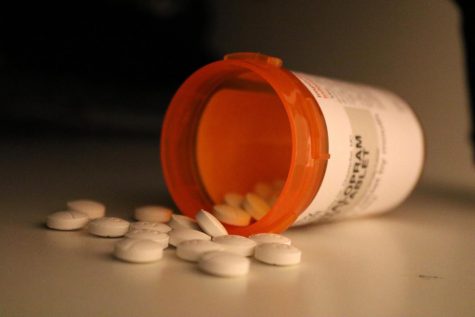
“When I went to Lafayette, there was a guy there who would sell you this mixture of cocaine and heroin. Looking back it’s weird to think I bought that because it’s an upper and a downer, but all the kid’s liked it because it was cheap, or at least relatively cheap,” Trey said.
According to the CDC, of the 47,000 people killed by opioid overdoses in 2017, 36 percent (16,920) of those deaths involved prescription opioids. Missouri itself has a variety of controversial laws that makes accessing prescription opioids easier than here than other states.
Missouri is the only state without a Pharmaceutical Drug Monitoring Program (PDMP). PDMP’s require doctors and pharmacists to enter prescriptions into a database in order to stop patients from doing what is called “doctor shopping.”
Doctor shopping is when individuals go from one doctor to another receiving a number of prescriptions from various sources. This allows them to stock up on opioids without drawing suspicion. In most states, doctors and pharmacists have access to the PDMP database so that they can see if their patient has been doctor shopping and know not to prescribe them the opioids they’re looking for.
“I can get 10 prescriptions from 10 different doctors, and go to 10 different drug stores, and buy a 1,000 oxycontin, through my insurance legally,” Trey said.
Other than prescription opioids, a large percent of opioid deaths are a result of Heroin.
Heroin is more often than not, cheaper to buy off of dealers than most prescription opioids. However, heroin also has the potential to be incredibly deadly.
In order to make it even cheaper, Heroin is often mixed with Fentanyl, a synthetic opioid that dramatically increases the chances of an overdose. The side effects of this practice can be deadly. A user who is expecting Heroin and instead receives Fentanyl is at severe risk for an overdose because their bodies have not built up a tolerance to the new drug.
Trey himself has experienced this particular situation, his dealer gave him a batch of Heroin cut with large amounts of Fentanyl.
“I only shot up about $4 worth of a tester, and before I could get the plunger all the way down, I had died. Lucky for me someone else was there and called the police, who were able to save my life. I could of very easily gotten worse brain damage than I did from that whole incident. Even worse I easily could’ve died,” Trey said.
Drug addiction isn’t always a spontaneous occurrence. In some instances, an individual’s surrounding environment can affect the probability of becoming an addict.
“I grew up without my father because of drugs. I knew that they had to be something special because everyone in my family was doing them. Drugs are glamorized in society, not necessarily Heroin use, but drug use in general. From a young age, everyone knows that there’s something to it,” Trey said.
Trey also cited the Rat Park experiment, conducted in 1978 by Bruce K. Alexander, a Canadian psychologist. Alexander created two large boxes equipped to house roughly 200 rats each. One he named ‘Rat Park,’ This box was filled with toys, food and mating space for the rats. The second box was empty and had none of ‘Rat Parks’ advantages.
The rats of both cages were then offered two water bottles, one laced with morphine and the other plain water. The rats in the park tended to choose the regular water, while those without the park’s entertainment tended to choose the drugged water.
Trey found he was able to connect this study to his own life.
“Addiction comes from a place of despair and depression. Even though it’s fun to get high, it’s from a place of sadness that you become willing to shoot up heroin and do other hard drugs,” Trey said.
This place of sadness can cause addicted individuals to spiral deeper into drug use, until finding new ways to get high is the only thing that matters to them in life. This makes it even harder to convince those who are suffering from addiction to seek help.

“Telling an addict that what they’re doing is dangerous, or that they’re going to die, is pointless. Most of these people are making a conscious decision to die, or at least I was. I tried to kill myself but then I came to the conclusion that I could just kill myself, and have it be enjoyable by doing heroin,” Trey said.
Attempting to tackle the addiction crisis has been a tough battle nationwide as addiction in the USA quickly increases, and becomes more prevalent.
“I don’t think there’s anything you can say, that would keep someone from becoming an addict. There are things you can explain to the families of addicts, to help them understand, and process, but an addict isn’t going to listen until they’re ready to,” Trey said.
Opioids can impact anyone, but it’s far more likely to be someone in a bad situation, who’s young, and is surrounded by an older crowd based on our sources. That could be anyone, and the opioid epidemic is still happening in America and in St. Louis.
Although heroin has impacted many local family’s lives, organizations like the Non-profit HEAL organization reaches to educate and provide for all of those impacted.
In fall of 2018, HEAL, along with the city of Hazelwood, declared September “Heroin and Opioid Awareness Month” and they provided the Fitszwalter’s advice and experience to locals in order to further the fight against addiction.
Your donation will allow our student journalists to continue their work. You may become a PATRON by making a donation at one of these levels: White/$30, Black/$50, Gold/$100. Patron names will be published on the website and once per quarter on our social media accounts.


